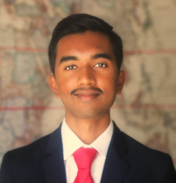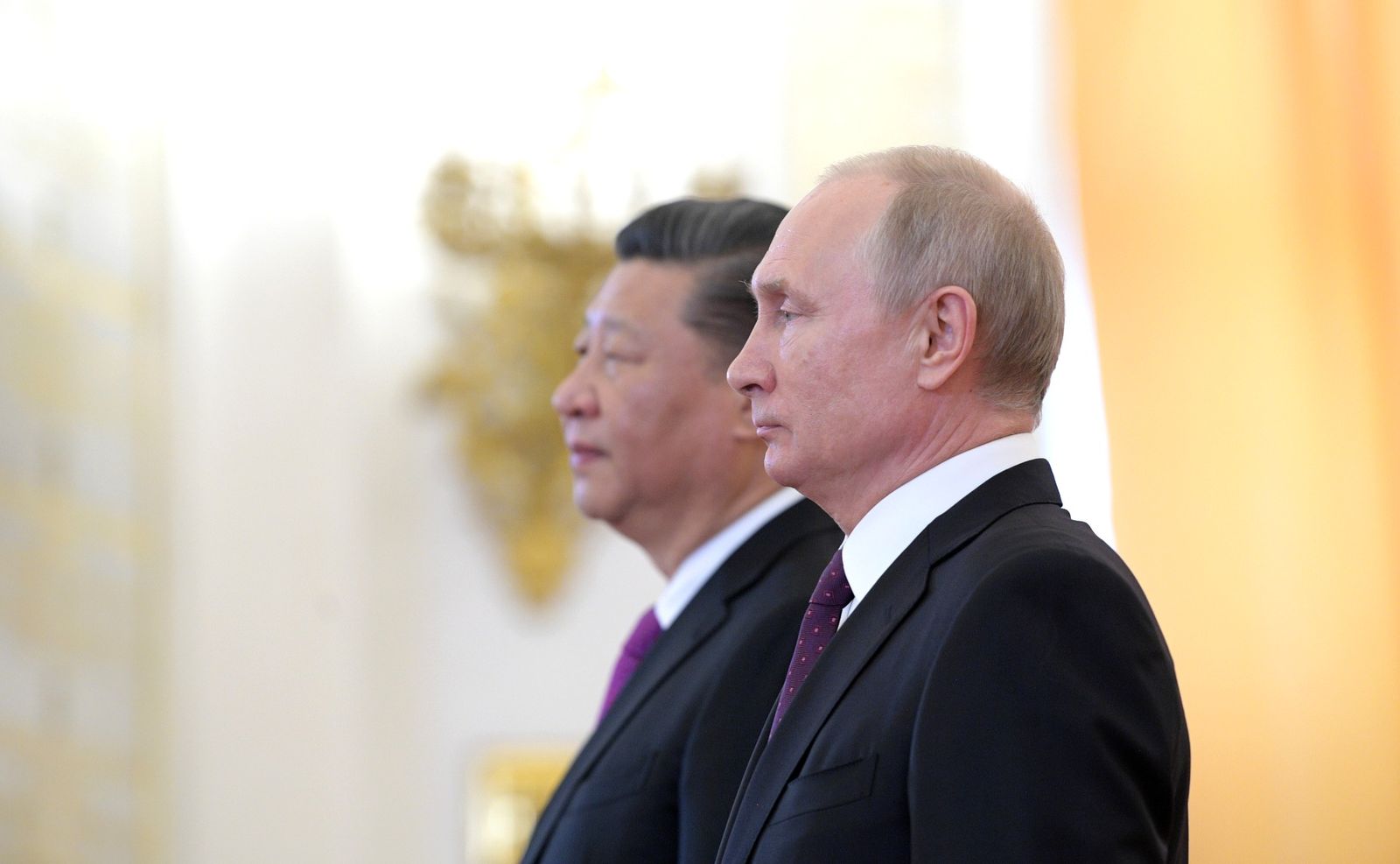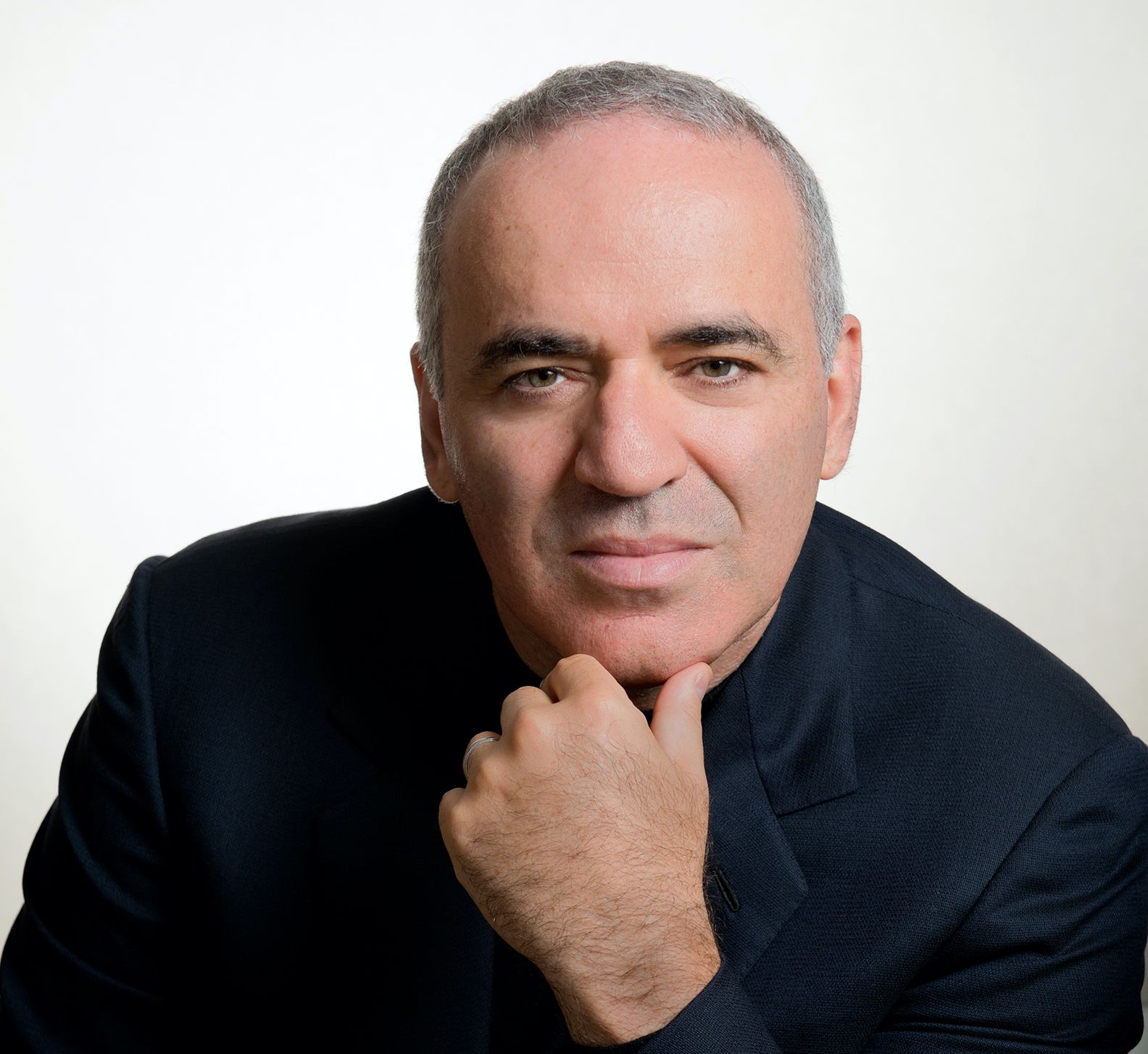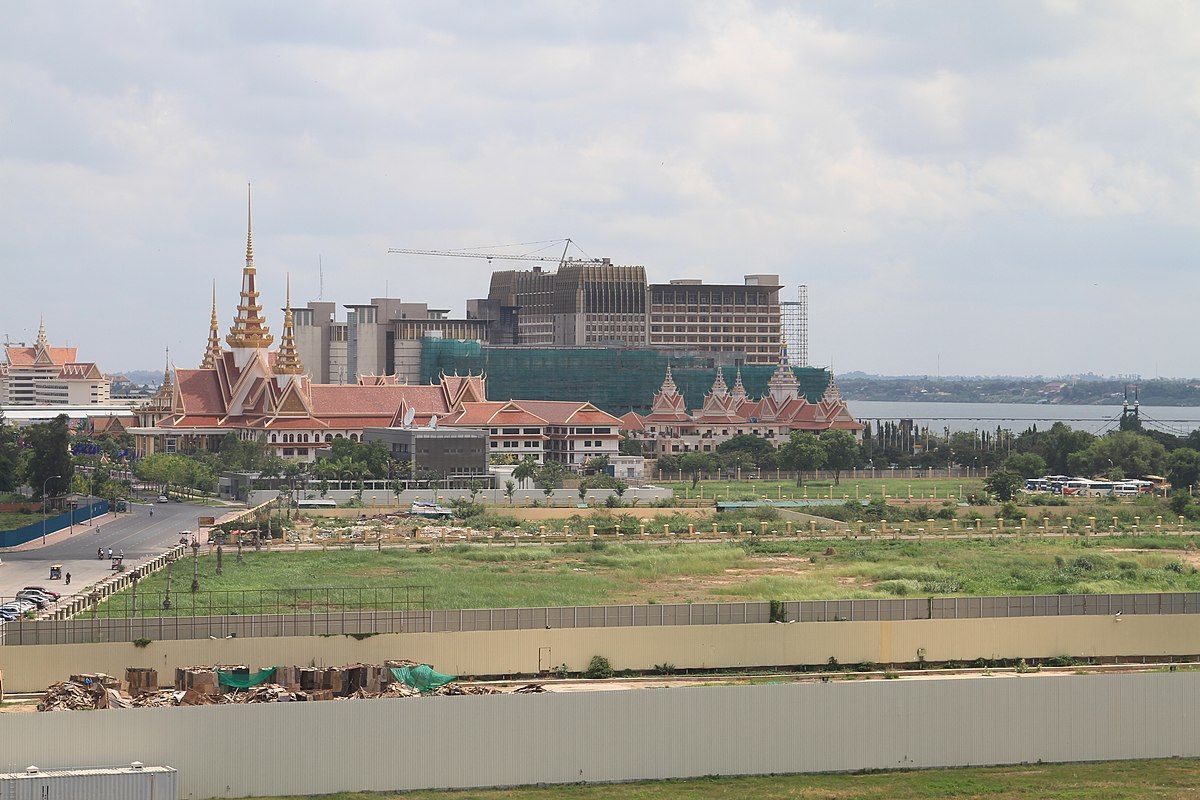Between the vast expanses of Siberia and the sprawling Gobi desert lies Mongolia, the world’s most sparsely populated country. Over the past 50 years, this nation of just over 3 million, covering a landmass more than twice the size of Texas, has navigated a transition from a mostly nomadic lifestyle to a market economy. It may not seem like it at first, but Mongolia could be a much wealthier nation within the next 20 years, on the level of the “Asian Tigers” of the 1990s: Hong Kong, Singapore, South Korea, and Taiwan. It’s been called the “wolf” economy, and for good reason: there’s over US$1 trillion—with a “t”—of mineral resources on the land. On the other hand, Mongolia could remain in its current state, with its immense mineral resources bearing little fruit thanks to political inefficiency, economic downturn, and environmental destruction. What seems like a blessing could quickly turn into a curse, and Mongolia now finds itself at a fork in this road.
Turquoise Hill
In 2001, Canadian company Ivanhoe Mines literally struck gold, along with copper and molybdenum, at the Oyu Tolgoi site in southern Mongolia. Just 50 miles north of the Chinese border, Oyu Tolgoi, which translates to “Turquoise Hill,” was named for the color of oxidized copper. 10 years later, the Mongolian government signed an agreement with Ivanhoe and Rio Tinto, one of the largest mining corporations in the world, to develop the mine. With the agreement, a state-owned company acquired around a third of the project, while Ivanhoe owned the rest. Then, in 2012, Rio Tinto assumed ownership of Ivanhoe, with the intention being to increase control over Oyu Tolgoi, the world’s biggest mining exploration project. Mongolia’s GDP was growing at double-digit rates. The expectation was to extract 500,000 tons of copper annually for the next 50 years.
The Boom That Never Arrived
Since Rio Tinto took over, Oyu Tolgoi has been an archetype of the Mongolian mining industry: full of promise and possibility for more expansive development, but dogged by economic concerns and environmental side effects. In 2013, a US$5 billion expansion was put on pause after the Mongolian government demanded greater ownership and higher mining royalties, and the project was accused of threatening the region’s freshwater supply. Mongolia’s prime minister at the time, Norov Altankhuyag, was dismissed by his own party after he expressed a desire to investigate the costs of Oyu Tolgoi, while one of his advisors was arrested and investigated for coal subsidy embezzlement.
Even though the dispute was eventually resolved, the spurt of economic growth came to a grinding halt in 2016, when mining prices fell and the economy of China, by far Mongolia’s largest export partner, began to stagnate. The national debt ballooned and the country entered a period of economic crisis, to the point where the International Monetary Fund approved a US$5.5 billion bailout package in 2017. In 2019, Rio Tinto projected that sustainable copper production at Oyu Tolgoi would begin in 2021, but that date was recently pushed to 2023. While Rio Tinto blamed COVID-19 and local geology for the delays, an independent report found that poor management was the cause of a budget deficit of nearly US$1.5 billion, to which the Mongolian government responded with calls for greater transparency. The goalposts are perpetually moving, it seems, for Mongolia to achieve its mining dreams.
In a wider sense, Mongolia’s repeated inability to launch a mining boom could potentially be the first signs of a “resource curse”—a combination of corruption, economic inconsistency, and environmental damage to which many resource-rich countries have fallen victim. While some resource-rich nations, such as Saudi Arabia and the United Arab Emirates, have capitalized on their natural fortune and experienced incredible economic development, many others, like the Democratic Republic of the Congo, which may have up to US$24 trillion worth of raw mineral reserves, remain among the world’s poorest. Without proper management and a stable government, the promise of billions or even trillions of dollars can ultimately yield very little—a future Mongolia cannot afford.
Tangible Costs
In addition to the economic risks of the current mining plans, Rio Tinto has a track record as an environmental offender. From its destruction of an Australian Indigenous site to contamination of waterways in southern Madagascar, the company has understandably worried environmentally-conscious observers in Mongolia. Local livestock herders need water to sustain their livelihoods, but in a country increasingly starved for the precious resource, Oyu Tolgoi is draining the national supply with immense water requirements, projected to be 920 liters per second. A group of herders forced to resettle in areas with little access to resources due to the mine expansion filed a complaint stating that they were manipulated into signing unfair compensation contracts. Yet for the Mongolian people, mining seems to be the only viable option: thousands of traditional livestock herders are moving to the mines as the desire to escape poverty becomes stronger than ever.
Additionally, despite much of the world vowing to move past coal and other fossil fuels, Mongolia is seeking to ramp up coal production. The country’s coal industry is based around sites such as Tavan Tolgoi and Khushuut, some of the world’s largest deposits of coking coal, which goes primarily to Chinese steel-making facilities. Coal trucks routinely cross the China-Mongolia border, to the point where officials in the mining town of Tsagaan Khad worried that an increase in COVID-19 cases would result in economic collapse for the region. In April, Gankhuyag Battulga, chief executive of government-owned mining subsidiary Erdenes Tavan Tolgoi JSC, recommended Mongolia take advantage of tensions between China and Australia, another major coal supplier, by investing in railways to transport coal. As one Mongolian environmental nonprofit manager said, “when your stomach is empty, you don't think about the environment.”
Yet the effects of coal on the Mongolian environment and its people cannot be ignored. To find out just how badly coal has polluted the national environment, one need look no further than the capital, Ulaanbaatar, which has some of the lowest-quality air in the world. PM 2.5 levels, used to measure pollution, reach over 40 times the WHO’s recommendation in the winter, and pneumonia, potentially induced by pollution, is a leading cause of death for young children. With the promise of jobs in the capital, thousands of people are moving to the city from the countryside, so much so that over 45 percent of Mongolia’s population now live in Ulaanbaatar. Due to the extreme winter conditions, with temperatures as low as -40 °F, families burn a million tons of coal a year to heat their homes, usually in nomadic settlements known as “gers.”
In 2019, Ulaanbaatar’s worsening air pollution left the government with no choice but to ban the use of raw coal. After households turned to refined coal briquettes, however, the city’s air quality again became the worst in the world. Even with air pollution’s devastating effects in the region, as one Ulaanbaatar resident put it, “life is more difficult in the countryside because there are no paid jobs,” hence the continued migration to the city. In mining areas such as Oyu Tolgoi and Tavan Tolgoi, meanwhile, arsenic concentrations in the soil are 40 percent above the maximum permissible limit, polluting the water supply in one of the world’s driest countries.
Clearly, mining has come with serious consequences for the Mongolian people, but the country cannot afford to move away from it. Mineral products already account for 23 percent of the GDP, and climate change, which has caused a 4°F temperature increase since 1940, is hurting agriculture and livestock herding, the traditional bedrock of the Mongolian economy. In fact, in 2017, the country was forced to stop exporting grain after severe drought increased the likelihood of crop failure. While mining is now largely thought of as an unsustainable industry, in Mongolia, it is the only consistent option for thousands of people, who face the choice of maintaining their traditional lifestyles, moving to increasingly overpopulated Ulaanbaatar, or working in the mines of the Gobi.
The Wolf Awakens
Naturally, this raises the question of what lies ahead for the Mongolian people and their economy. If Rio Tinto can meet its 2023 projection for sustainable copper production and the Mongolian government can improve on its transparency and spending practices, there is a definitive opportunity for widespread prosperity, at least in terms of material wealth. Inevitably, there will be environmental costs, whether to the limited water supply, the air breathed by a million residents in Ulaanbaatar every day, or to the land that herders have inhabited for generations. Even still, however, the trend of gridlock could continue, and Mongolia could be left searching for a way to manage twin economic and environmental crises.
As a result, many Mongolians are concerned about economic dependence on mining and Chinese demand, leading them to look for ways to diversify the economy. One possibility lies in the cashmere industry; Mongolia produces around a fifth of the world’s raw cashmere, a fiber made from goat hair that is increasingly popular in the fashion industry. While overgrazing has contributed to desertification, more sustainable practices could actually reverse land degradation and provide a consistent source of income for herders. Regardless of which path Mongolia takes in the near future, the environment will need to be taken into account. Just as it was 10 years ago, Mongolia—then often referred to as “Minegolia”—is on the verge of securing great mineral wealth. But numerous obstacles lie in the path of the wolf economy, if Mongolia is indeed to avoid the resource curse that has befallen so many nations before.





